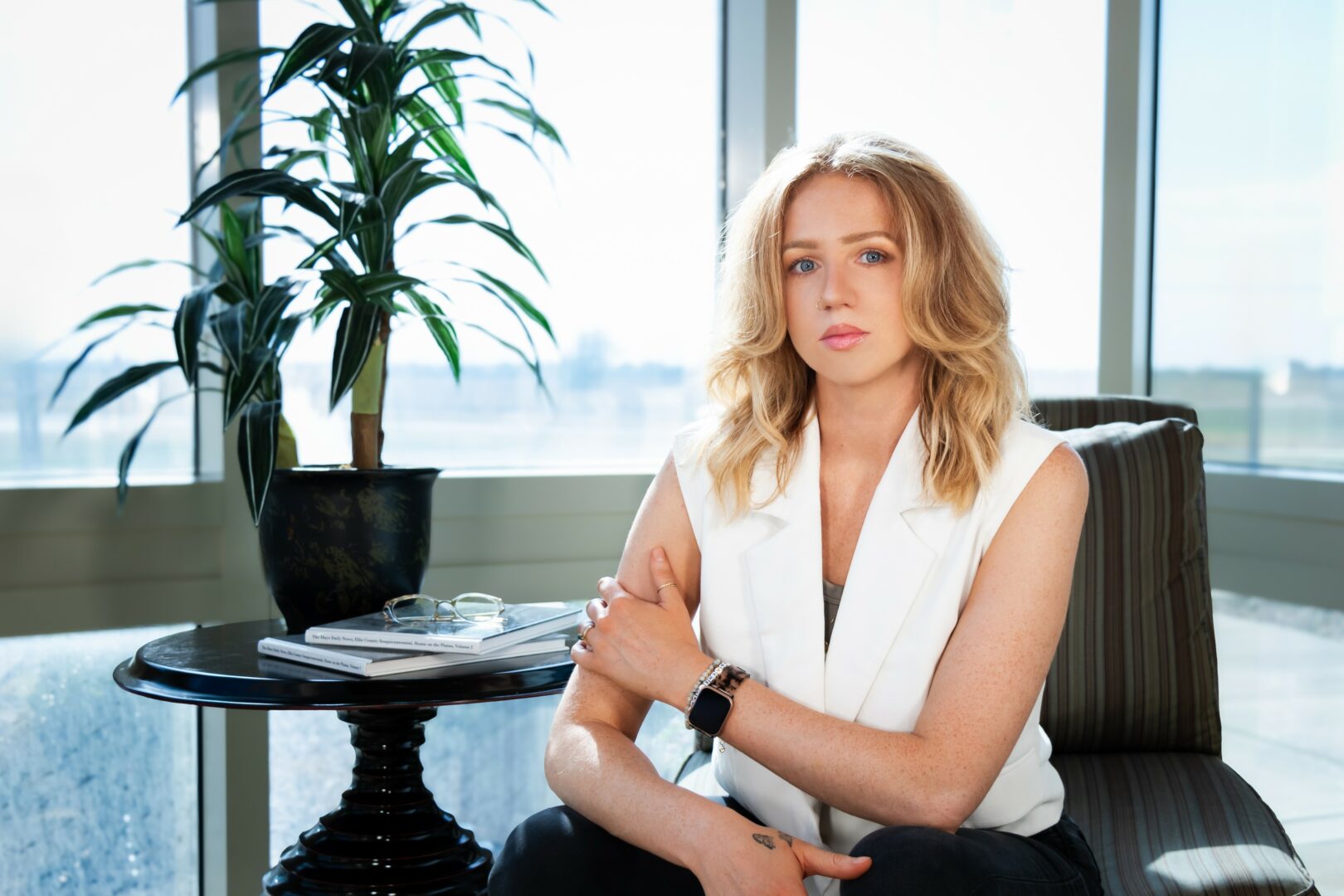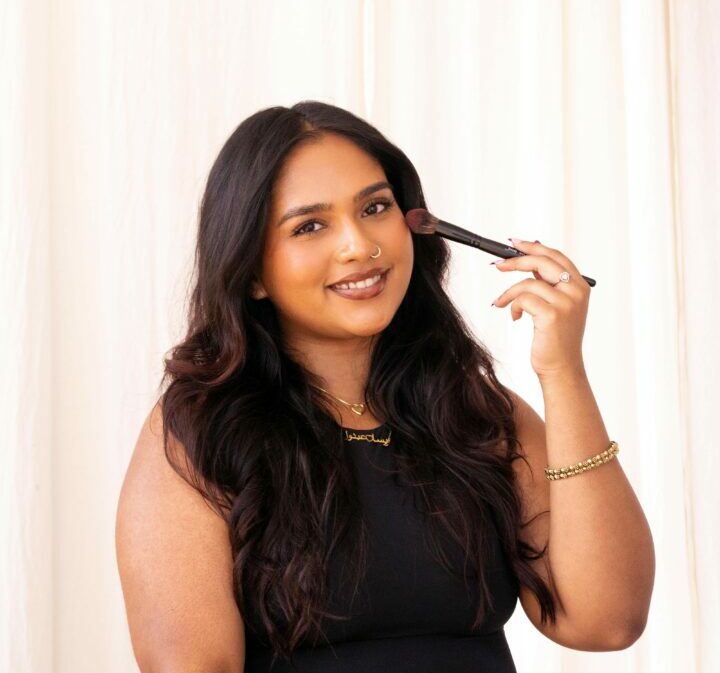Alright – so today we’ve got the honor of introducing you to Ann Huston. We think you’ll enjoy our conversation, we’ve shared it below.
Hi Ann, appreciate you sitting with us today to share your wisdom with our readers. So, let’s start with resilience – where do you get your resilience from?
For me, being an artist is always keeping ‘in check’ within yourself, knowing the ‘why’ you are an artist. It’s the journey of the creative process, that becomes that ‘gem’, or the golden ‘nugget’ you have to offer, where your value is. The end result of the painting, whether receiving accolades, ribbons or rejections, sales or slower sales, is outside the creative process. So, to answer the question, “Where do you get your resilience from?”, is from listening and knowing you are working authentically in your purpose. That is your confidence, optimism, resilience and the key to being an enduring artist.
The outside influence of critique, from your audience, collectors or followers, is a way to build resilience as well. By acknowledging the constructive criticism: positive or negative reviews, is part of the learning opportunity in building your strength and endurance. Over and over, creating, then letting go, then creating, letting go-balancing both the creative process and the business of art, a sure way to build resilience while returning often to the ‘why’ you are an artist, the understanding of your purpose, staying grounded, focused, and starting again.
Great, so let’s take a few minutes and cover your story. What should folks know about you and what you do?
My inspiration, subject matter and where I call home, is Northern New Mexico, beneath the high desert skies. My painting process begins by going out on location to get my sketch, including detail notes to myself of what I’m sensing and feeling… the sense of place.
When back in my studio, I begin to paint, removing most detail of the sketch, only leaving what feels important to describe the atmosphere surrounding an old adobe or church, maybe a distant road, drawing you further into the painting, or tapping into a peripheral view of a deep history felt, while on location. Going on a sketching trip is my absolute best fun, and the most important part of the painting process for me.
I often hear my paintings described as having a dream-like quality, and that’s probably true. Less is more for me in a composition. This is in hopes to leave the viewer a place to step into the painting and write/paint their own story.
I work with pastels on archival artist’s sandpaper. The grit of the sandpaper allows me to build up layers of pigment, catching and holding the pigment in place, The natural 3-dimensional chemistry of the pigment is kept pure, I don’t use fixative, which can flatten the color instantly. I like the direct simplicity of pigment to paper. My paintings are framed with an archival mat and museum glass.
I’ve been fortunate to have been a working artist from early adulthood and then showing my paintings in the galleries from the mid-eighties to present. I paint the ‘High Road to Taos’ often, and it is always as if seeing with fresh eyes. Feeling the mysteries surrounding the old places leaves nothing short than a feeling of wonderment and awe, the long shadows cast in the late afternoon, can sometimes be an out of this world sight, and the high-altitude light makes one feel clearer and closer to nature, the Land of Enchantment.
Looking back, what do you think were the three qualities, skills, or areas of knowledge that were most impactful in your journey? What advice do you have for folks who are early in their journey in terms of how they can best develop or improve on these?
Having grown up in an artist’s family, I was accustomed to the ups and downs of the artist’s lifestyle, I didn’t know anything else. I remember my father painting into the night or all night and then off to his day job (art related), juggling a livelihood, passion, and family. So, in retrospect, it’s not surprising, I continued a creative path. On the positive side of my up bringing, I was independent, introspective, self-disciplined, always optimistic at a young age, which has carried through in my life and are all beneficial qualities for an art career.
As we end our chat, is there a book you can leave people with that’s been meaningful to you and your development?
My favorite book to have on hand is ‘Edger Payne, Composition of Outdoor Painting’. This book was gifted to me in 1995 by fellow artists and is ‘the gift that keeps giving’. I can open to any page and quickly be reminded of my purpose. Ultimately, the beauty of nature is our teacher. By going out in nature, getting that sketch, sensing what surrounds you, absorbing the atmosphere, taking notes almost as if poetry, is like doing my homework. This allows me to feel confident in the studio when painting, taking most of the sketch out, leaving what feels important to describe the scene. I know underneath the painting, there is a foundation.
Contact Info:
- Website: annhustonstudio.com
- Instagram: annhustonstudio








Image Credits
‘ photo credit: Jill Caven Photo credit: Theresa DiMenno photo credit: Barry Norris Fine Art




